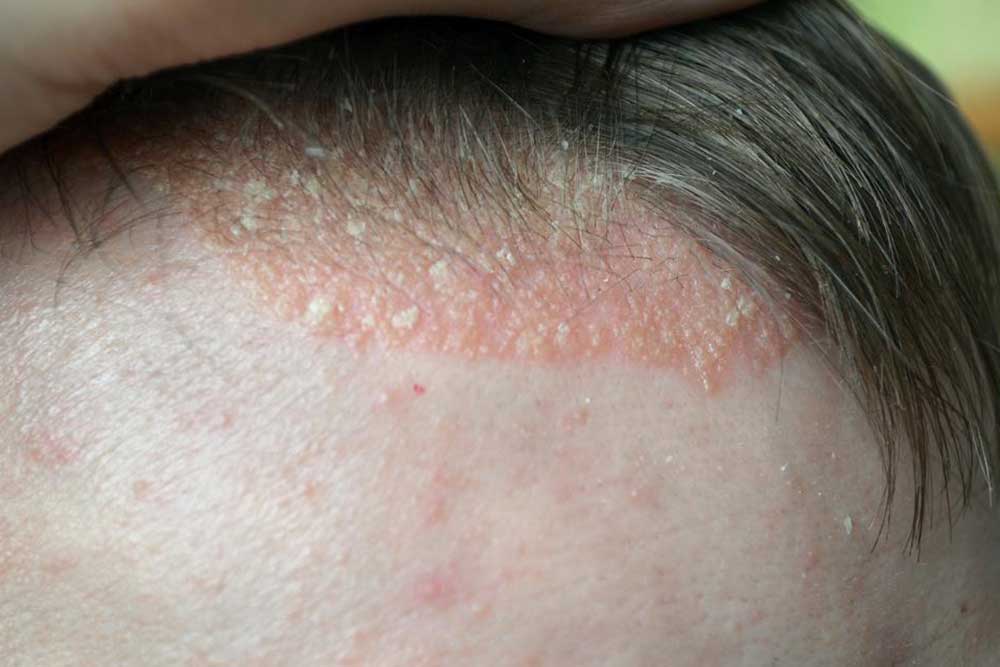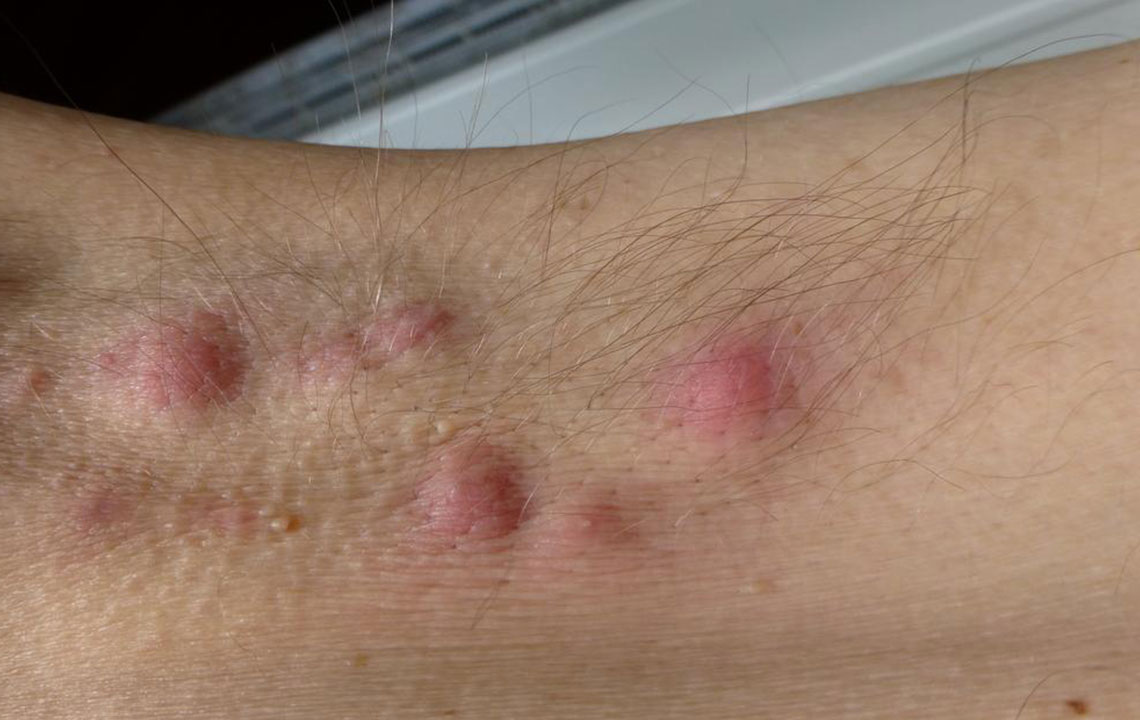Understanding Scalp Psoriasis: Key Symptoms and Signs
Scalp psoriasis affects about 3% of the population, presenting with symptoms like redness, flaking, and itching. Severity varies from fine scales to thick crusted sores, sometimes causing hair loss. Non-contagious and linked to immune dysfunction, timely treatment can effectively control symptoms and improve quality of life.
Sponsored

Scalp psoriasis is a prevalent skin disorder marked by red, flaky, and raised patches on the scalp. It can appear as a single spot or multiple small patches scattered across the scalp. As the condition worsens, it may spread to the neck and face. This condition is non-contagious, and its exact cause remains unclear, though immune system dysfunction is believed to play a role.
Common indicators of scalp psoriasis vary based on severity. Mild cases may show fine scales, whereas severe cases develop thick, itchy crusts.
Key symptoms include:
Red, raised, and flaky skin: Characteristic of psoriasis, these patches appear reddish with raised texture and flaky surface.
Silvery or white scales: These flakes rest atop the patches and can peel off when scratched or rubbed.
Dandruff-like flakes: White flakes resembling dandruff may fall off, especially when the scalp is scratched or combed, sometimes falling onto the shoulders and face.
Itchy and dry scalp: The condition often causes itchiness and dryness, leading to frequent scratching.
The dryness may cause skin cracking.
Soreness: Persistent scratching can lead to soreness or burning sensations, often resulting in tiny bleeding points when scales are removed.
Crusted sores: Severe cases can develop crusted sores across patches or entire areas of the scalp.
Hair loss: Long-term scalp psoriasis may cause hair loss, mainly due to scratching or skin damage rather than direct effect of the disease itself.
Approximately 3% of Americans are affected by psoriasis. Persistent, severe scalp psoriasis can lead to crusting, itching, and sleep disturbances. Early treatment and scalp care are vital for managing this condition and reducing its impact on daily life.






